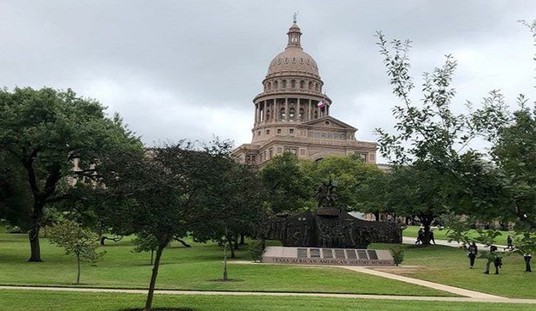Under former President Joe Biden, the Democrats thought they had a mandate to push piles of taxpayer dollars out the door to reinvigorate the economy after the pandemic.
Democrats took advantage of the crisis to assert control over several programs that they had long craved to control on the theory that more government management would bring down costs.
In the process, the Democrats went after Medicare Part D. They had always been suspicious of the idea of selling pharmaceutical insurance through private vendors as part of Medicare even though it would benefit Americans.
When Medicare Part D was proposed in 2005, Democrats wanted to cap premiums at $41 per month because they thought that otherwise the plans would price themselves out of reach of consumers. The average premium started at $26 per month and didn’t go beyond $41 until 2023.
Now the average premium has climbed from $43 to $48 in one year – a historically big jump – and it’s time to start asking who the reforms the Biden administration enacted as part of his signature piece of legislation, the Inflation Reduction Act, were supposed to benefit.
It is certainly not consumers. Of the 65 million people enrolled in Medicare, 15 million don’t use the pharmacy benefit, 19 million have no prescriptions to fill, 8 million receive low-income subsidies and are protected from out-of-pocket costs, and 22 million have annual drug spending of less than $2,000 and thus don’t benefit from the hard cap on catastrophic costs. According to former CBO director and president of the American Action Forum Douglas Holtz-Eakin, only about 5 million of the 65 million on Medicare – 1 in 13 – actually benefit.
Recommended
It is not the program itself. Any savings generated by forcing pharmaceutical companies to negotiate drug prices to the government are not used to benefit patients but to finance green energy programs per the legislation. They are robbing from Medicare to pay for Big Wind.
It is not anyone trying to bring new drugs and therapies to market. The Inflation Reduction Act set the maximum fair price – the largest price Medicare will pay for a drug – after seven years on the market for the small-molecule drugs most commonly prescribed. For big-molecule drugs, such as biologics, the price-setting doesn’t begin until the product has been on the market for 13 years, a disincentive to produce the most economically feasible treatments in favor of the exotic and more expensive.
And it’s not the bottom line of the program. The government had the power to levy taxes and penalties on pharmaceutical producers who didn’t comply, the option of banning sales of all of a company’s drugs through Medicare, and the authority to conduct negotiations in secret, but the administration could not produce promised savings because it turned out the median manufacturer rebate on drugs was more than three times the average savings negotiated by government.
The bottom line is the government is not needed to cut deals. Buyers and sellers of pharmaceuticals are already cutting deals to ensure patients get what they need and costs are dispersed as much as possible. Indeed, government dealmaking is expected to drive up the cost of Part D by $48 billion a year. This is a big increase when the combined profits of all Part D plans add up to $4.6 billion.
Higher premiums, fewer dollars spent on research and development, fewer drugs made available in formularies and more is a result of progressive Democrats in Congress believing there is no one better at striking a deal than government bureaucrats.
Part D has been the rare government program that overperformed. It came in under budget, kept costs lower than expected and generated satisfaction rates into the high-80s and low-90s. Now costs are ballooning, innovation is shrinking, and bureaucratic red tape is increasing.
Maybe it’s time to move past the Inflation Reduction Act and Make Part D Great Again. As the American Action forum shows, the liberal experiment impacting Americans' access to health care has proven to be an epic failure.
Brian McNicoll is a freelance writer based in Alexandria, Virginia, a former senior writer for The Heritage Foundation, and former director of communications for the House Committee on Oversight and Government Reform.






















Join the conversation as a VIP Member